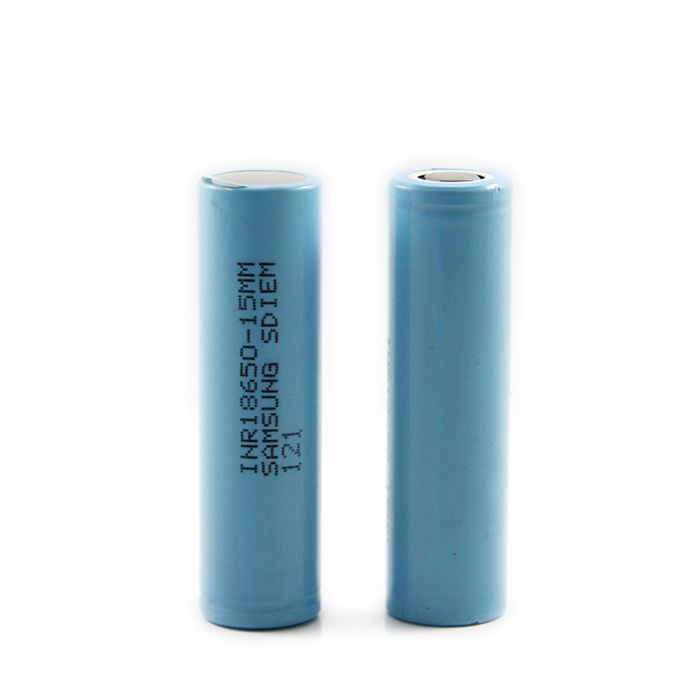Rechargeable batteries have revolutionized the way we power our devices, offering a more sustainable and cost-effective alternative to disposable batteries. However, to get the most out of your rechargeable batteries and ensure their safety, it’s crucial to understand the best practices for both charging and storing them. In this comprehensive guide, we’ll explore the dos and don’ts of safely charging and storing rechargeable batteries.

Charging Your Rechargeable Batteries Safely
Properly charging your rechargeable batteries is the first step towards ensuring their longevity and safety. Here are some essential tips to consider:
1. Use the Right Charger
Always use a charger that is specifically designed for the type of rechargeable battery you have. Chargers vary depending on battery chemistry (e.g., lithium-ion, nickel-metal hydride) and voltage. Using the wrong charger can damage your battery or pose safety risks.
2. Follow Manufacturer’s Recommendations
Each battery and charger may have unique specifications and requirements. Read and follow the manufacturer’s instructions and recommendations provided in the user manual or on their website. These guidelines will ensure you charge your batteries correctly.
3. Avoid Overcharging
Modern chargers are equipped with overcharge protection mechanisms, but it’s still best practice to unplug your battery once it reaches full charge. Overcharging can lead to reduced battery lifespan and, in rare cases, safety hazards. So, always disconnect your charger when the battery is fully charged.
4. Monitor Charging
Keep an eye on your batteries while they’re charging, especially if you’re using older chargers without built-in safety features. If you notice any unusual heat, swelling, or other abnormalities, stop the charging process immediately.
Storing Rechargeable Batteries Safely

Proper storage of rechargeable batteries is just as crucial as charging them correctly. Follow these tips to ensure safe battery storage:
1. Charge to Around 50%
If you plan to store rechargeable batteries for an extended period (weeks or months), it’s best to charge them to approximately 50% of their capacity before storage. This level helps prevent over-discharge, which can damage the battery.
2. Use Battery Cases or Holders
When not in use, store your rechargeable batteries in dedicated battery cases or holders. This prevents physical damage, short circuits, and accidental contact with other objects that could lead to safety hazards.
3. Keep Away from Metal Objects
Avoid storing batteries alongside metal objects like keys or coins, as this can create a short circuit and potentially lead to battery leakage or damage.
4. Store in a Cool, Dry Place
Store your rechargeable batteries in a cool, dry place away from direct sunlight and moisture. Extreme temperatures can negatively impact battery performance and safety.
Conclusion
Safely charging and storing your rechargeable batteries is essential for their longevity, performance, and safety. By following the guidelines outlined in this guide, you can extend the lifespan of your batteries, save money, and reduce waste. Remember always to prioritize safety, adhere to manufacturer recommendations, and stay vigilant while handling and storing rechargeable batteries. With these practices, you’ll enjoy the full benefits of your rechargeable batteries for years to come.
